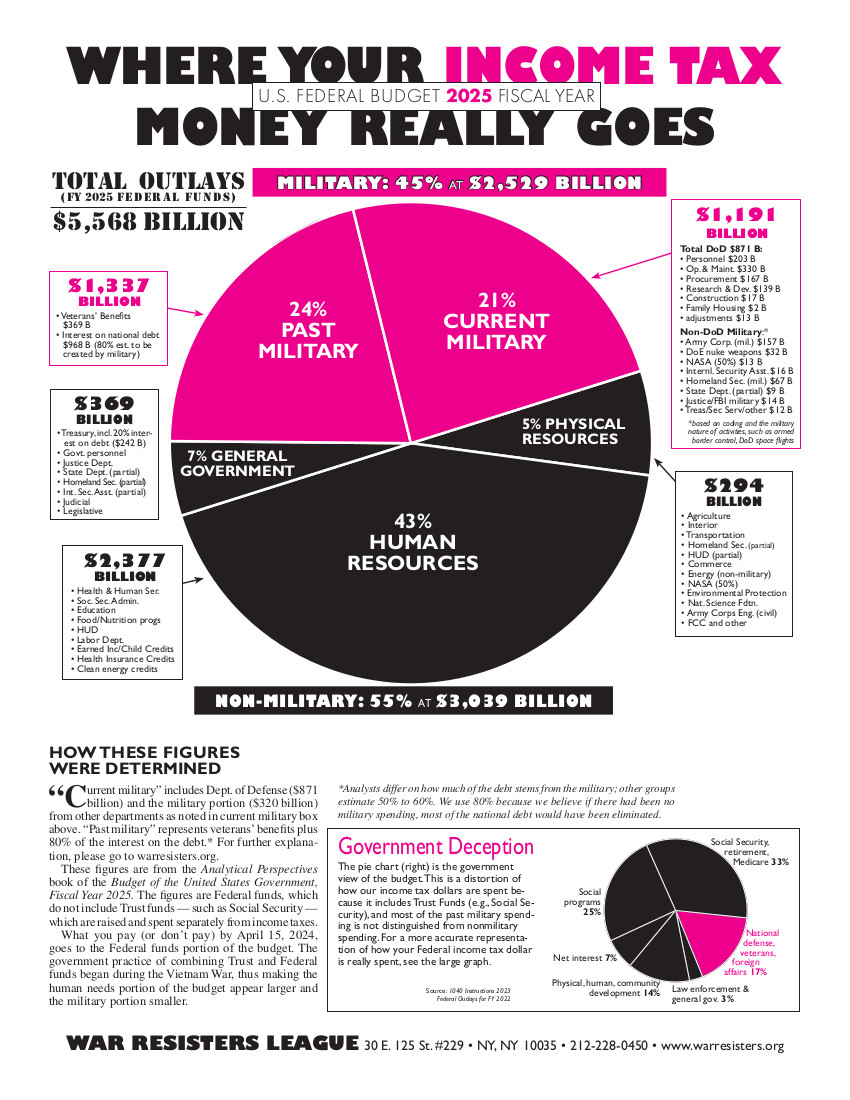One danger in a time of disaster is to lose sight of recent lessons. For example, the growth of economic inequality during the last 30 years has completely disproved the myth that a rising economic tide lifts all boats. Instead, we learned that some boats can be lifted spectacularly high, while others sink deeper in the mud. So, even as we scramble to keep the whole economic ocean from draining, we must pay attention to all the boats, big and small. And if we care about economic justice, we must pay special attention to the worst off.
As the first Black President takes office, it’s easy to fall into another trap: thinking that race is finally irrelevant. Unfortunately, in an economic sense, race continues to be a major barrier.
As our report, “State of the Dream 2009: The Silent Depression,” details, people of color had already been experiencing an economic recession for four years when the current official recession hit the country one year ago. In 2006, median household income was about $38,269 for Blacks and $40,000 for Latinos, compared to $61,280 for whites. While race does not prevent one from becoming rich—or becoming President—it does impede people of color from achieving the same economic success as their white counterparts.
In looking for opportunities to fight for racial economic justice, we need to keep the spotlight on what’s wrong. In ordinary times, the worst perceived and most publicized problems get the most attention. If a problem can be ignored, it will be—even more so during a crisis. To avoid this tendency of policymakers, we must speak louder and more clearly.
Of course, it is not enough to complain. We need to understand—and be able to explain—how race operates as an economic barrier. The various cycles of inequality depend on formal and informal economic rules that force much more limited economic choices onto people of color. For example, as our report points out, people of color are far more likely to be given a predatory subprime mortgage than are their white counterparts.
Understanding the barriers helps us think about what to do about them. But in truth, we already know. For white males, the three decades after World War II offered tremendous economic mobility. New rules and institutions to reinforce them were put in place significantly broadening the economic choices for poor white males. Key among the new choices were college education (through the G.I. Bill) and homeownership (through FHA mortgages and other programs). Millions took advantage and achieved a new American Dream. Today we could offer more choices to people of color.
There are a number of policies we can pursue. Some are directly targeted toward helping people of color, such as affirmative action or directing public resources (housing, education, job training, and business development) to communities with high concentrations of people of color. Other solutions would more broadly help low-income people, of which a disproportionate number are people of color. Living wage legislation is one such solution, helping working families afford the costs of daily living. Putting teeth into the Community Reinvestment Act to require all financial institutions to invest in low-income communities would help. Investing in Individual Development Accounts and other asset-building programs would, too. The policy options are out there; it’s the will that we need.
Almost 50 years ago, Dr. Martin Luther King Jr. said, “If America is to remain a first-class nation, it cannot have second-class citizens.” Today, panic leads us to be aggressive in quickly rebuilding our economy in hopes of regaining our status as a first-class nation. But let us rebuild in a way that addresses the very real racial economic inequalities that we have ignored for too long.



